
The St. Louis Cardinals have officially begun what is expected to be a sweeping reshaping of their roster, and the first significant step in that process came earlier today with the trade of right-hander Sonny Gray. In that deal, St. Louis sent both the veteran pitcher and $20 million in financial support to the Boston Red Sox in exchange for two younger pitchers and a player to be named later, or possibly a cash alternative.
It is clear that this move is only the beginning of a broader transformation, but at this early stage of the offseason, it remains impossible to know exactly which pieces will fall next or in what order those dominoes will drop.
One name increasingly surfacing in trade discussions is left-handed reliever JoJo Romero. According to Jeff Jones of the Belleville News-Democrat, Romero has been a popular topic of conversation among interested teams during the opening weeks of the offseason.
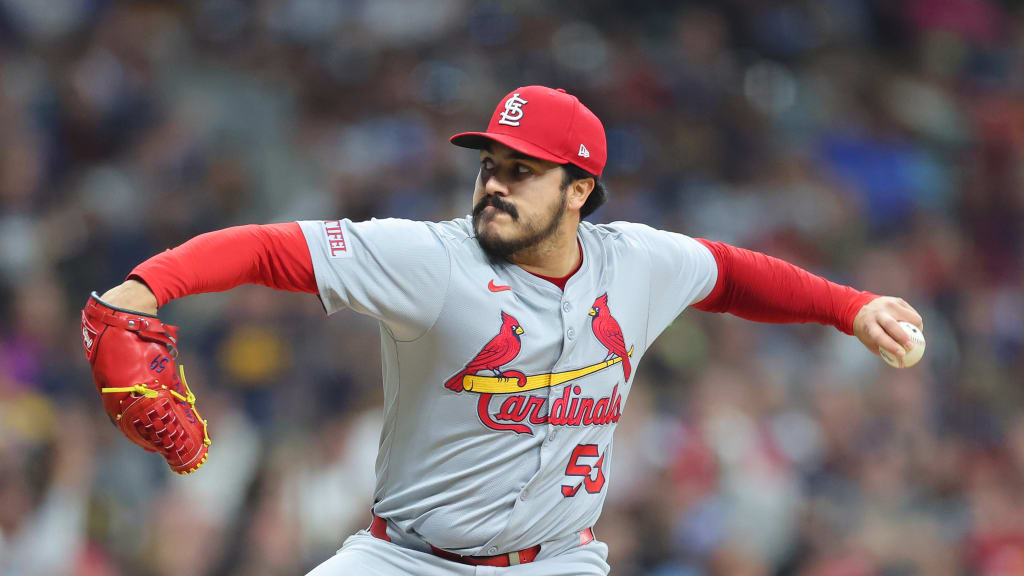
Rival clubs appear to be keeping a close watch on the Cardinals’ bullpen situation, and Romero’s combination of effectiveness, affordability, and remaining team control make him one of the most logical candidates to be moved as St. Louis continues to pivot toward a longer-term vision.
In many ways, Romero is the definition of a classic trade chip for a team entering a rebuilding or retooling phase. He is productive, dependable, and still relatively inexpensive, all while playing for a club that appears focused on reshaping its core rather than clinging to short-term contention.
Romero is scheduled to become a free agent next year, which means the Cardinals essentially have one final season of control remaining. According to salary projections from MLB Trade Rumors contributor Matt Swartz, Romero is expected to earn around $4.4 million in 2026. For teams looking to strengthen their bullpen, that salary is more than reasonable—especially for a reliever who has consistently performed at a high level.
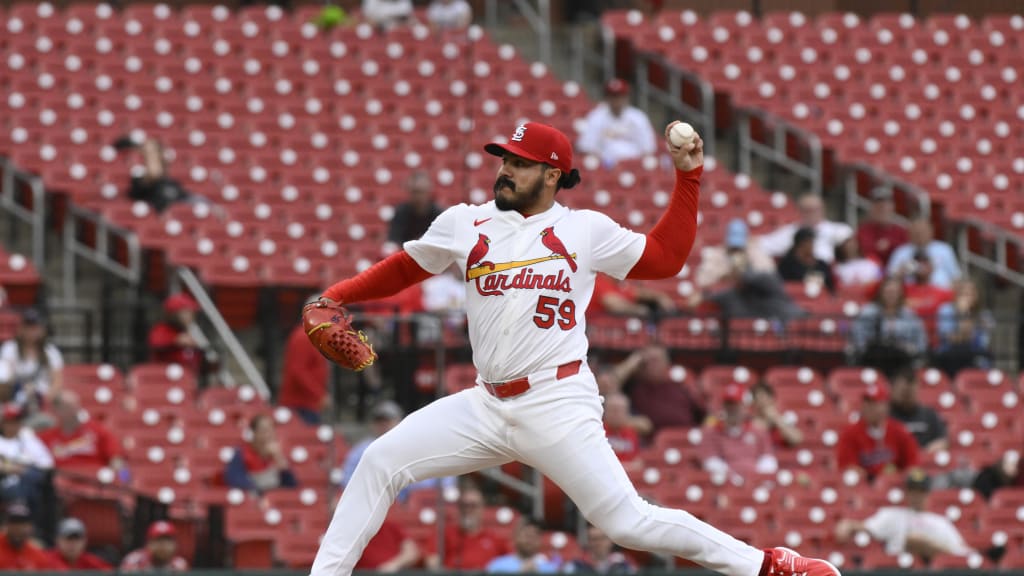
At 29 years old, Romero is right in the prime of his career, and his journey to St. Louis has only strengthened his reputation. After arriving from the Philadelphia Phillies in 2022, he gradually settled into an important role for the Cardinals. By the start of the 2023 season, he had firmly established himself as a key bullpen arm.
Over the past three years, Romero has logged a total of 156 and two-thirds innings. During that span, he compiled an excellent 2.93 ERA while maintaining strikeout and walk rates that fall right around league average—striking out approximately 22.9% of batters and walking 8.5%.
Those numbers alone paint the picture of a reliable bullpen piece, but Romero’s underlying performance in the most recent season was even more impressive. His sinker averaged 93.7 miles per hour, and he used it effectively to generate a heavy dose of ground balls. In fact, 53% of the balls put into play against him stayed on the ground, a particularly valuable trait for a reliever in high-pressure situations. That ability to limit hard air contact was a major reason behind his outstanding 2.07 ERA this past season, one of the best marks of his career.

Romero has not just been reliable—he has been trusted in critical moments. Over the past three seasons, he has functioned as one of the Cardinals’ primary high-leverage arms. His usage in tight games is reflected in his totals: a dozen saves and an impressive 57 holds during that period.
While he has not always been the team’s official closer, he has consistently been called upon to protect narrow leads and shut down rallies in the most pressure-filled situations. That reliability is exactly what makes him so appealing to teams hoping to contend in 2026.
Perhaps the most eye-opening part of Romero’s recent performance is the progress he made against right-handed hitters. Historically, like many left-handed relievers, he faced some challenges when matched up against righties. However, in 2025, he delivered the best results of his career in those matchups. Right-handed batters managed only a .220 batting average against him, with an on-base percentage of .327 and a slugging percentage of just .315. That dramatic improvement against same-handed hitters significantly increases his value, as it makes him a more versatile option rather than just a situational specialist.
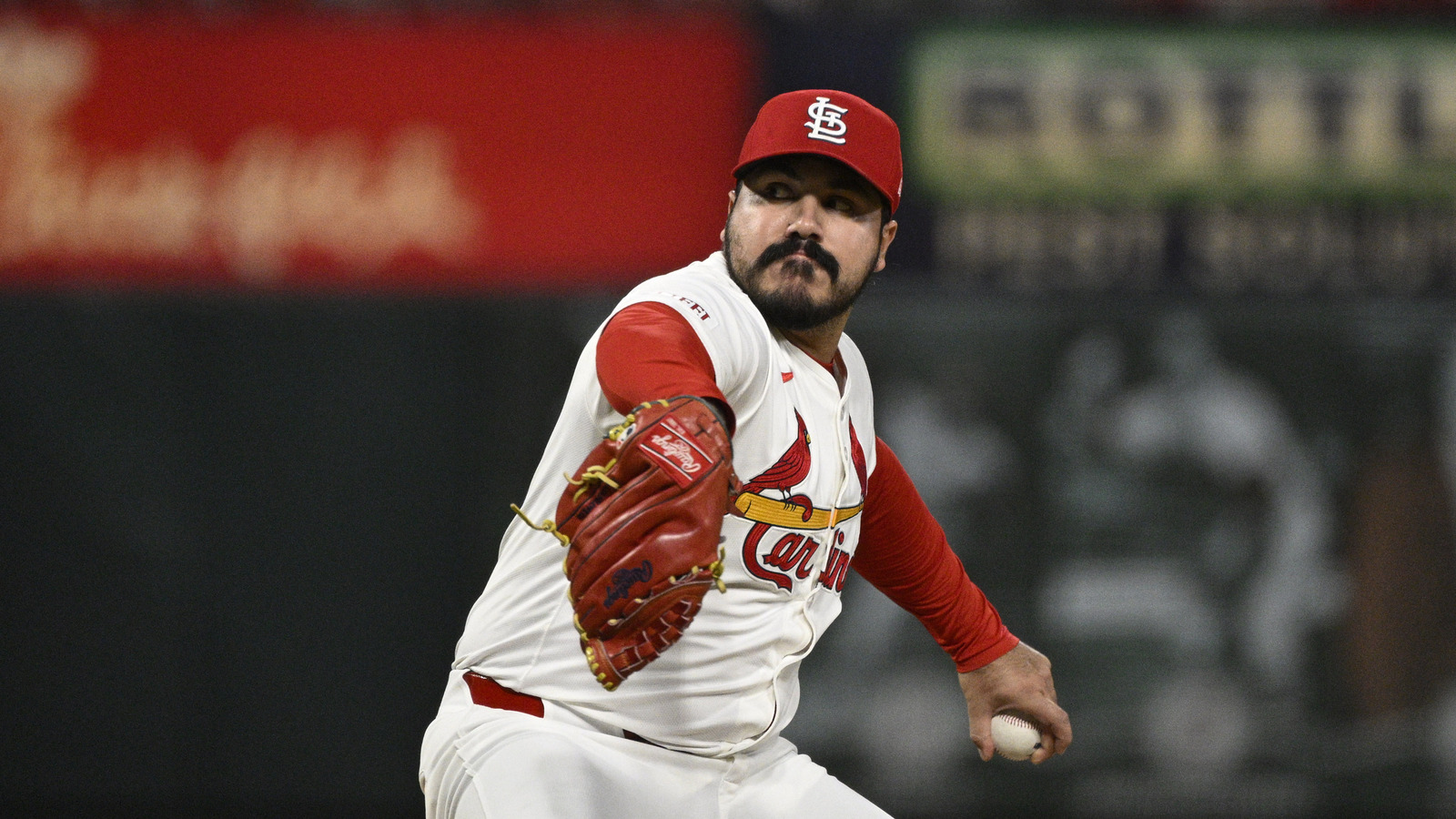
When examining the full market for left-handed relievers this offseason, it becomes even clearer why Romero’s name is so prominent in trade rumors. The free agent class of southpaw bullpen arms is not especially strong, at least in terms of youth and long-term consistency. There are some recognizable names available, including Caleb Ferguson, Danny Coulombe, Hoby Milner, Justin Wilson, Caleb Thielbar, Drew Pomeranz, and Sean Newcomb. Each of those pitchers has had moments of success, and several could still be useful contributors in the right scenario.
However, almost all of those options come with questions due to age or limited recent track records. Ferguson is the youngest of the group at 29, which puts him in the same age range as Romero. The others, though, are largely in their mid-to-late 30s: Coulombe, Milner, Wilson, Pomeranz, and Thielbar are all 35 or older. Newcomb is slightly younger at 33 but has not logged a substantial body of recent work to offer the same level of confidence as Romero. For any contending team, committing multiple years or larger sums of money to an aging reliever is a risky proposition.
Romero, by contrast, provides a more appealing blend of age, dependability, and cost-effectiveness. He has proven himself over multiple seasons and is projected to earn less than what many of those veteran free agents will likely demand on the open market. For that reason alone, he could represent one of the best values available for clubs in need of bullpen help. Instead of spending heavily in free agency on an aging arm, a team could acquire Romero through a trade, gain immediate production, and still stay within budget.

The circumstances surrounding Romero at this stage mirror a similar situation the Cardinals faced just last offseason with closer Ryan Helsley. At that time, Helsley was one of the most coveted relievers in baseball after two dominant years. Despite strong external interest, the Cardinals chose to keep him rather than trade him immediately. The front office believed that holding onto Helsley would allow his value to increase even further by midseason, when bullpen demand typically spikes and supply becomes scarcer.
That strategy, however, did not unfold perfectly. While Helsley was still solid in the first half of the season, he did not perform at quite the same elite level he had in the previous two campaigns. The New York Mets eventually pulled the trigger on a trade to bring him in, but it is fair to question whether St. Louis would have netted a better return had they dealt him earlier in the offseason instead of waiting. By hesitating, they potentially sacrificed leverage and reduced the impact of the deal.
Under new leadership, the Cardinals appear determined not to repeat that same mistake. With Chaim Bloom now serving as president of baseball operations, the organization seems firmly committed to a more forward-thinking, developmental approach.

Bloom is known for emphasizing sustainable growth, strengthening farm systems, and building pipelines of young talent rather than clinging to aging veterans in the hope of squeezing out one last run. His decision to quickly trade Sonny Gray sends a strong signal that no player is guaranteed to remain simply for the sake of continuity.
Everything Bloom has said since taking the role points toward a strategic reset in St. Louis. He has spoken repeatedly about modernizing the Cardinals’ player development infrastructure and laying the groundwork for a more competitive future rather than chasing short-term gains. Trading Romero would be another step in that direction. While the return in such a deal is unlikely to instantly transform the franchise, it could bring back one or two intriguing prospects who could be folded into the organization and developed over time.
From a purely risk-management standpoint, moving Romero sooner rather than later makes perfect sense. Relievers, even the best ones, are notoriously volatile. An untimely injury, a sudden dip in velocity, or a few rough appearances in the first half of the season could quickly undermine his value. Waiting until the trade deadline introduces unnecessary uncertainty. By dealing him now, the Cardinals would be trading him at or near the peak of his market value, allowing them to maximize what they receive in return.
All signs, therefore, point toward a strong likelihood that Romero will be wearing a different uniform by the time the next season begins. He fits the profile of a pitcher every contender desires: productive, durable, experienced, and affordable. For the Cardinals, he represents an opportunity to convert a short-term asset into long-term organizational depth. While his departure would slightly weaken the major league bullpen in the short run, it would align perfectly with the team’s broader objective of reshaping its competitive timeline.
In a winter destined to bring significant change to the franchise, JoJo Romero’s name is poised to be one of the next major chess pieces moved on the board—another calculated step in the Cardinals’ journey toward rebuilding and renewal.
MORE MLB NEWS:
-
Cardinals to trade top baseman after Sonny Gray deal with Red Sox
-
Breaking: Mets lock down second base, end up keeping super-utility man
-
Breaking: Giants land 3.36 ERA Ace who mastered the sinker to pair with Logan Webb
-
Red Sox To Build Dream Lineup With Phillies Superstar After Sonny Gray’s Success
-
Royals blockbuster land Braves 40 home run slugger
-
White Sox relative contract land 3-time batting champion from Padres
-
Mariners To Lose $69M Two-Time All-Star Third Baseman to Nationals
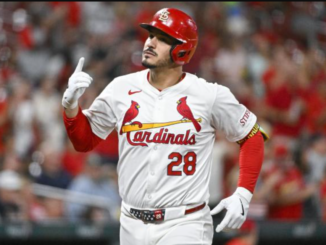
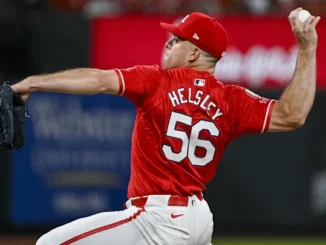
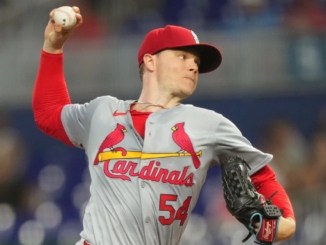
Be the first to comment